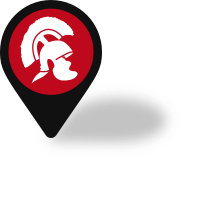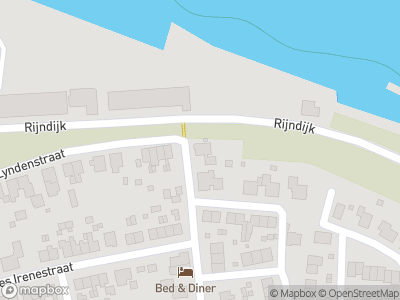In Roman times, Millingen was located in the relative protection of the frontier of the Roman Empire. Near Millingen was probably once a spot where you could cross the River. Cargo ships (flatboats) and patrol boats (liburnas) sailed up and down the rivers. Liburnas were long, narrow galleys, twenty metres in length and three or four metres wide.
Crossing the Waal near Millingen
A major road connected Nijmegen to the auxiliary fort at Carvium, the remains of which are still lying on the bed of the Bijland, a small lake near the Rhine. A settlement was built near this crossing, known as a ‘vicus’, where farmers lived, and there were probably even one or more villas. An altar has been discovered that had been built for Rufia Materna, a local native priestess and there is now a reproduction of this altar in front of Millingen town hall.
The Roman Rhine fleet
The liburnas came in all shapes and sizes: monoremes, also known as moneres, with one bank of oars, biremes with two banks of oars and even triremes with three banks of oars. The crew consisted of a helmsman, a captain and a small group of marines. Liburnas could also sail and were therefore fitted with a mast that had a rectangular sail. A liburna could also carry artillery on board, a kind of dart thrower known as a scorpio.
The liburna of Millingen
Several Roman cargo ships have been recovered in the Netherlands but not any war ships. The ship upon which the liburna of Millingen is based was found in Mainz in Germany, which is how we know what these war ships looked like. The liburna of Millingen could seat 14 oarsmen. The ship was mainly intended to guard the limes. It was also used to send messages swiftly between the various forts along the limes. Made of oak and weighing over 10 tonnes, despite its weight, the ship was very elegant, fast and manoeuvrable.














